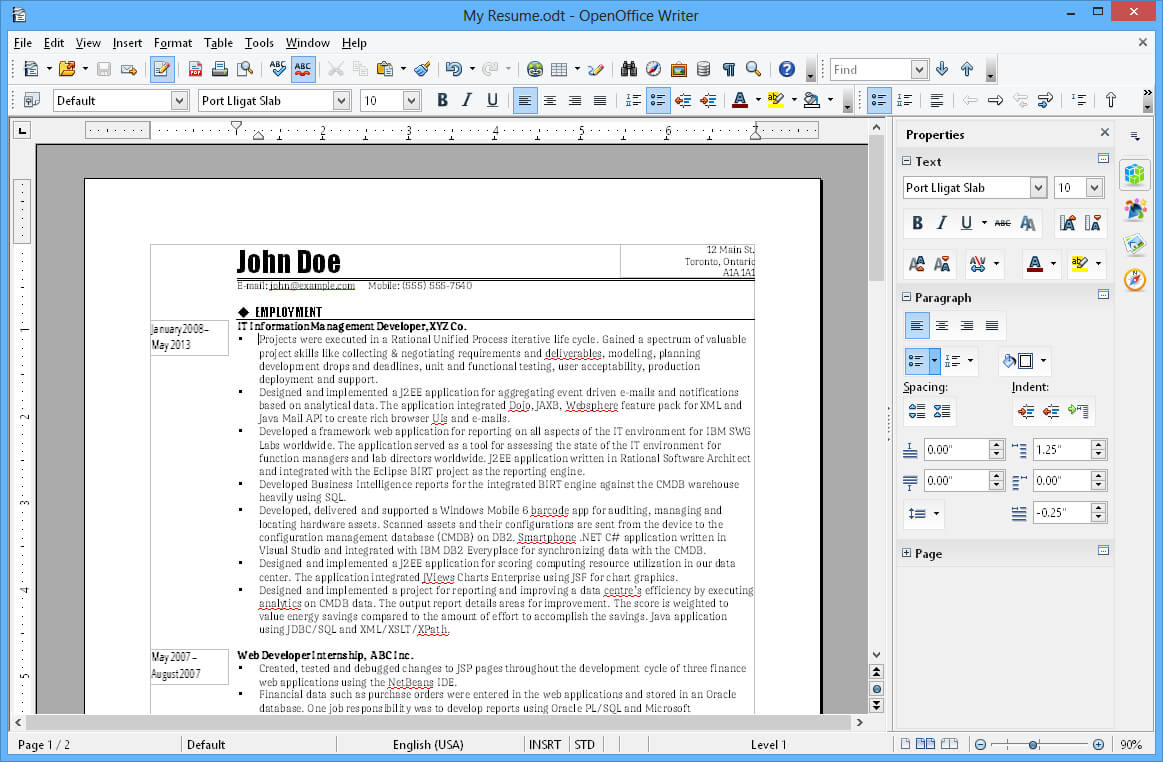

Returns the cosecant of the given complex number. For example, a given complex number "x+yi" returns "coth(x+yi)." Learn more. Returns the hyperbolic cotangent of the given complex number. For example, a given complex number "x+yi" returns "cot(x+yi)." Learn more. Returns the cotangent of the given complex number. For example, a given complex number "x+yi" returns "cosh(x+yi)." Learn more. Returns the hyperbolic cosine of the given complex number. The IMCOS function returns the cosine of the given complex number. Returns the complex conjugate of a number. The IMARGUMENT function returns the angle (also known as the argument or \theta) of the given complex number in radians. Returns the imaginary coefficient of a complex number. Returns absolute value of a complex number. HEX2OCT(signed_hexadecimal_number, significant_digits)Ĭonverts a signed hexadecimal number to signed octal format. Learn moreĬonverts a signed hexadecimal number to decimal format. HEX2BIN(signed_hexadecimal_number, )Ĭonverts a signed hexadecimal number to signed binary format. If no step value is provided then the default value of 0 will be used. Returns 1 if the rate is strictly greater than or equal to the provided step value or 0 otherwise. The ERF function returns the integral of the Gauss error function over an interval of values. Learn moreĬompare two numeric values, returning 1 if they're equal. Learn moreĭEC2OCT(decimal_number, )Ĭonverts a decimal number to signed octal format. Learn moreĭEC2HEX(decimal_number, )Ĭonverts a decimal number to signed hexadecimal format. Learn moreĭEC2BIN(decimal_number, )Ĭonverts a decimal number to signed binary format. Learn more.ĬOMPLEX(real_part, imaginary_part, )Ĭreates a complex number given real and imaginary coefficients. Learn more.īitwise XOR (exclusive OR) of 2 numbers. Shifts the bits of the input a certain number of places to the right. Learn more.īitwise boolean OR of 2 numbers. Shifts the bits of the input a certain number of places to the left. Learn moreīitwise boolean AND of two numbers. Learn moreīIN2OCT(signed_binary_number, )Ĭonverts a signed binary number to signed octal format. Learn moreīIN2HEX(signed_binary_number, )Ĭonverts a signed binary number to signed hexadecimal format. Learn moreĬonverts a signed binary number to decimal format. Returns the number of years, including fractional years, between two dates using a specified day count convention. Returns the year specified by a given date.

WORKDAY.INTL(start_date, num_days,, )Ĭalculates the date after a specified number of workdays excluding specified weekend days and holidays. WORKDAY(start_date, num_days, )Ĭalculates the end date after a specified number of working days.

Returns a number representing the week of the year where the provided date falls. Returns a number representing the day of the week of the date provided. Returns the current date as a date value. Returns the fraction of a 24-hour day the time represents. Learn moreĬonverts a provided hour, minute, and second into a time. Returns the second component of a specific time, in numeric format. Returns the current date and time as a date value. Returns the number of net working days between two provided days excluding specified weekend days and holidays. NETWORKDAYS.INTL(start_date, end_date,, ) Returns the number of net working days between two provided days. Returns the month of the year a specific date falls in, in numeric format. Returns the minute component of a specific time, in numeric format.
BASIC FORM FOR OPENOFFICE BASE ISO
Returns the number of the ISO week of the year where the provided date falls. Returns the hour component of a specific time, in numeric format. Learn moreĬonverts a Unix epoch timestamp in seconds, milliseconds, or microseconds to a datetime in UTC. Returns a date representing the last day of a month which falls a specified number of months before or after another date. Returns a date a specified number of months before or after another date. Returns the difference between two days based on the 360 day year used in some financial interest calculations. Returns the number of days between two dates. Returns the day of the month that a specific date falls on, in numeric format. Learn moreĬonverts a provided date string in a known format to a date value. Learn moreĬalculates the number of days, months, or years between two dates. Converts a provided year, month, and day into a date.


 0 kommentar(er)
0 kommentar(er)
